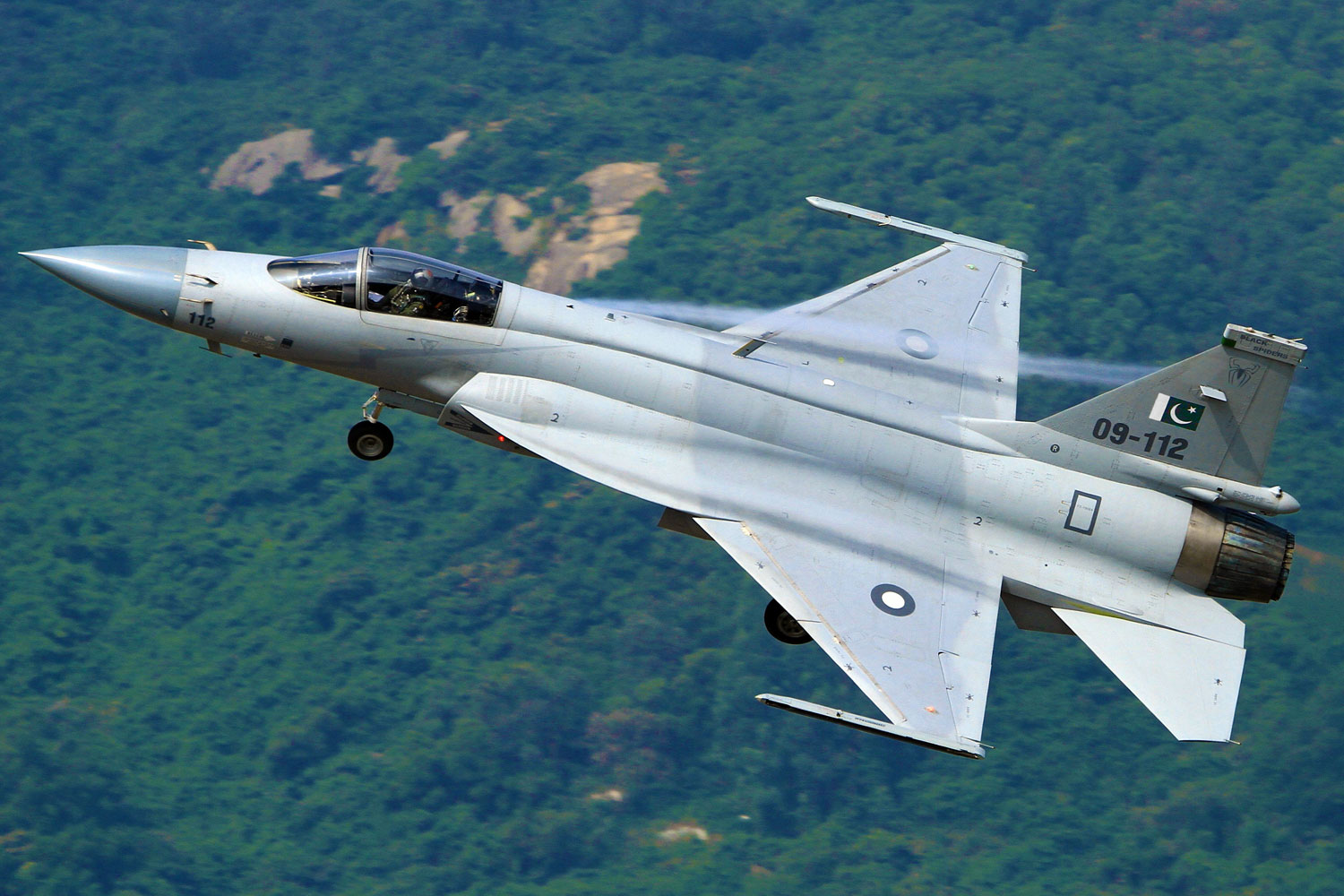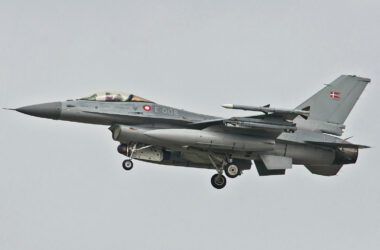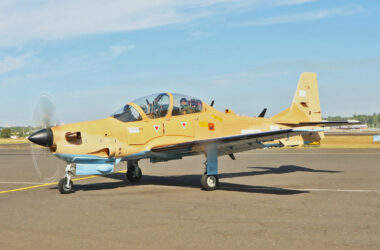Saab, Embraer and the Brazilian Air Force (FAB) carried out new tests with the Gripen fighter in Brazil with the aim of testing the Infrared Search and Track (IRST) sensor.
For this purpose, an aerial combat simulation was carried out with two Gripen E fighters and an F-5 Tiger II, revealed the Swedish company.
One of the Gripens is the FAB 4100 registration aircraft, which arrived in Brazil in 2019 and is used for tests at Embraer’s facilities in Gavião Peixoto.
The other two supersonic jets were made available by the FAB at Anápolis Air Base, where the squadron that operates the F-39E Gripen, as the aircraft is called, is located.
According to Saab, the mission was to locate the other two aircraft using the IRST, which was attempted in three flights that lasted between 1h and 1h30.
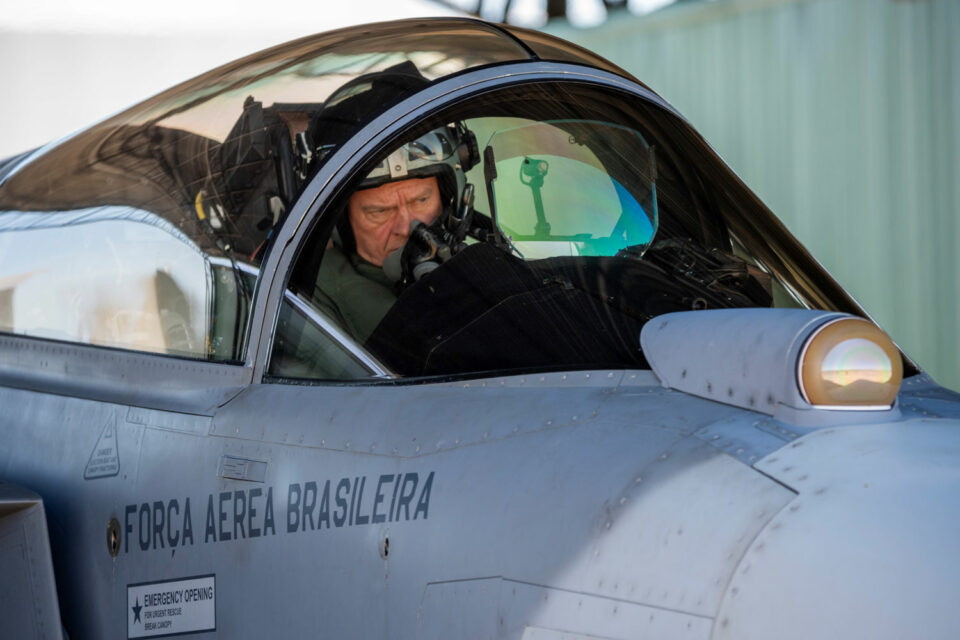
Passive sensor
“The goal of the tests was to ensure that the system can locate threats within the specified parameters and is part of the global test campaign for the Gripen E, involving all aircraft of this model, not just those of the Brazilian Air Force,” said Martin Leijonhufvud, head of the Gripen Flight Test Center (GFTC) in Brazil.
“We had a successful flight, collaborating with the other fighters, to test the IRST and also verify the image resolution obtained, which is crucial for the pilot to understand if there is one or more targets and plan their actions,” commented Swedish pilot Jonas Jakobsson.
The IRST is a sensor capable of detecting and identifying targets at long distances through the heat emitted.
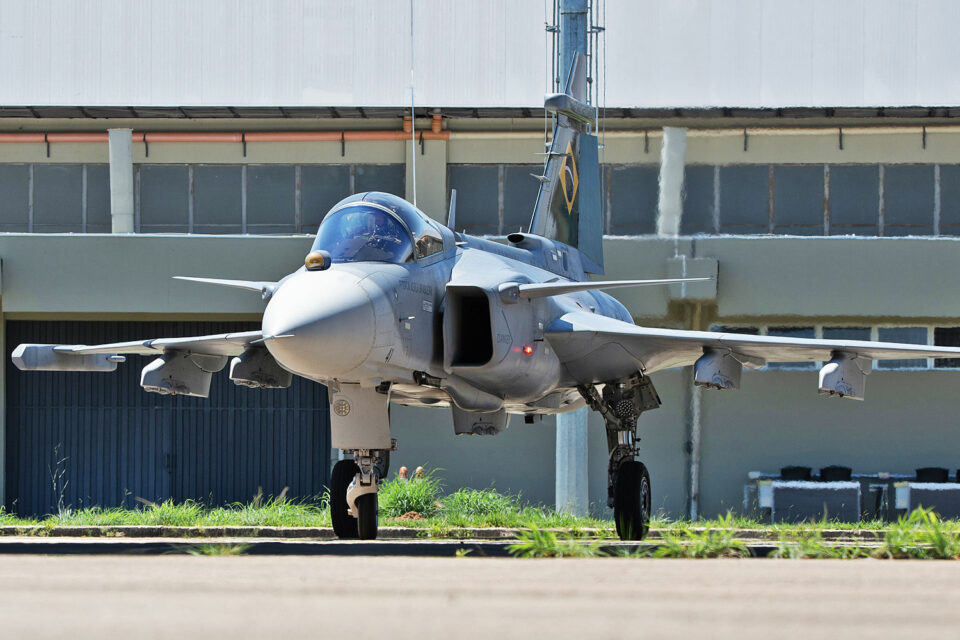
Unlike radars, which need to emit waves to detect targets, the system works as a passive sensor that identifies objects of interest of different types and in different environments, be they aircraft in flight, vessels at sea or vehicles on land.
Follow Air Data News: WhatsApp | Google News | Instagram | LinkedIn | Twitter | Facebook
The Brazilian Air Force has a firm order for 36 Gripen E/F fighters and intends to receive another batch in the future. To date, Saab has delivered seven operational jets to the FAB.




